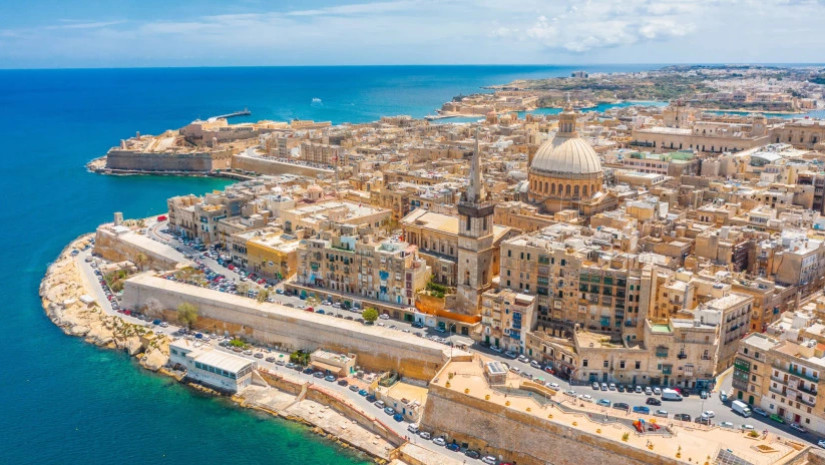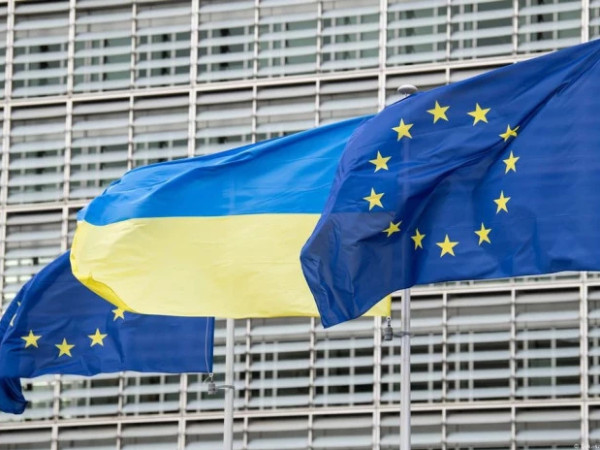Europe’s tourism sector continued to perform strongly over the summer months, as travellers embraced cross-border experiences despite higher costs and record heatwaves. According to the European Travel Commission’s latest quarterly report, year-to-date international arrivals to Europe rose 3% year-on-year, while overnight arrivals increased by 2.7%.
Although travel costs remain elevated, inflation for tourism-related services is easing, and travellers are allocating a growing share of their household budgets to holidays. In Europe, travel expenditure is projected to account for 3.1% of total consumer spending, exceeding both last year’s share and the 2010–2019 average. Total visitor spending is forecasted to grow by 9.9% in 2025, underscoring Europe’s enduring appeal and the resilience of consumer demand.
Following this strong summer high season, most European destinations showed solid performance. Out of 34 reporting countries, 30 reported increases in arrivals and/or overnight stays compared to last year. Those included Southern Mediterranean destinations such as Malta (+12%), Cyprus (+10%), Spain (+4%) and Portugal (+2%), where sun-and-beach travel once again anchored performance. Interest in Northern Europe remained high, with Norway (+14%) and Iceland (+3%) attracting visitors seeking nature and cooler temperatures. Finland (+14%), Latvia (+7%) and Estonia (+4%) also posted notable gains, while Poland (+13%) and Hungary (+9%) continued to benefit from their strong price competitiveness. In contrast, Germany (-2%), following last year’s Euro football tournament, and Türkiye (-1%), due to cost increases, saw slight declines. Together, these results underline the resilience and regional diversity of Europe’s tourism landscape.


















